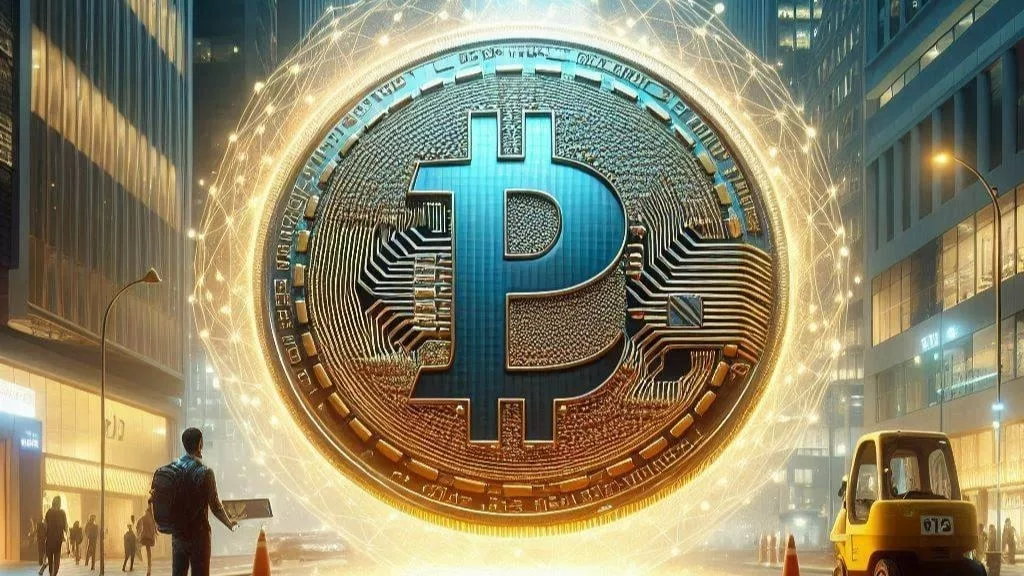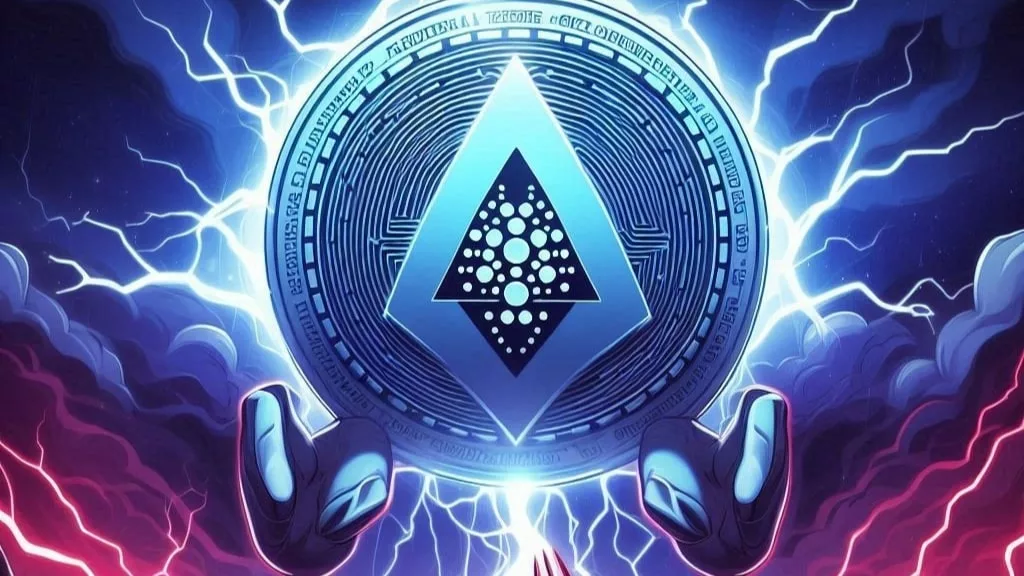
Pi Network is making a comeback—and this time, it’s stepping into the big leagues. The project’s native token, Pi Coin (PI), is now officially available for futures trading on Bitunix, a global crypto derivatives platform. This move comes amid a sharp price upswing, with Pi recently jumping over 80% and briefly trading around $0.7556.
While Pi Coin is still unavailable for spot trading or withdrawals, its introduction to the futures market is a strong signal that broader adoption and recognition may not be far behind. It also shows that market confidence in Pi is growing, despite lingering controversies and a long-closed Mainnet phase.
Pi Network has had a turbulent journey—from a viral mobile mining experiment to a project mired in criticism over its prolonged development timeline, KYC delays, and lack of liquidity. However, recent developments suggest a shift in narrative. With more than 60 million users globally, Pi has cultivated one of the most engaged communities in crypto.
Now, with futures trading enabled, traders and speculators have a new way to gain exposure to Pi Coin without waiting for the long-anticipated Open Mainnet debut. The futures listing acts as a synthetic trading option, allowing investors to go long or short on Pi’s price without needing access to the actual token.
The listing of Pi Coin on Bitunix introduces a speculative trading environment that could be a game changer for the project. While it doesn’t mean Pi is listed for spot trading or available for withdrawal, it provides early exposure and increased market visibility.
Futures markets are often seen as a gateway to deeper liquidity and broader exchange adoption. They draw interest from high-volume traders and allow price discovery ahead of more conventional listings. The fact that Bitunix added Pi—without an official listing from the Pi Network itself—shows growing demand and belief in the project’s future potential.
Behind the scenes, Pi Network is continuing to build. The team has started integrating technologies like Chainlink oracles, and they’ve signaled compatibility with Ethereum-based stablecoins such as USDT and USDC. These developments hint at Pi’s ambition to become a functional layer within the broader Web3 economy.
In parallel, a small but growing ecosystem of decentralized applications (dApps) is emerging within the Pi test environment. This suggests that once the Open Mainnet goes live, Pi could have more than just hype—it might have actual utility.
Despite the positive buzz, it’s important to remember that futures trading does not involve real Pi tokens. Instead, it’s a derivative product representing the perceived value of Pi Coin. That means the current trading activity is based on market speculation, not blockchain-based transactions.
Volatility remains high, and traders are advised to conduct thorough research before entering any positions. Futures markets can move quickly and involve substantial risk, particularly for assets like Pi, which are not yet widely accessible.
Still, the very presence of Pi Coin in the futures market marks a turning point. It signals that institutional players and retail traders alike are paying attention. As Pi Network continues developing and edges closer to introducing its Open Mainnet, this kind of market exposure could act as a springboard for future growth.
Whether this futures debut is a preview of what’s to come—or a speculative bubble—is yet to be seen. But one thing is certain: Pi Coin is back in the spotlight, and the crypto world is watching closely.



Get the latest Crypto & Blockchain News in your inbox.